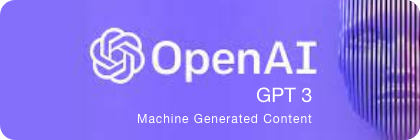NFT generative art refers to digital art that is created using algorithms and code, rather than by a human artist. These algorithms can produce a seemingly infinite number of variations, each one unique and different from the others. These artworks are minted as Non-Fungible Tokens (NFTs) on a blockchain network like Ethereum, allowing the artwork to be bought, sold, and traded just like physical artwork.
A generative art piece can be created by a computer program, it generates an image or animation that is unique, and that can be minted as an NFT. These programs can use mathematical equations, random number generators, or other algorithms to produce art that is different every time it is run. The algorithm can also interact with input from the user or external data feeds like live weather data, stock market feeds etc.
One of the benefits of NFT generative art is that it allows for a new level of ownership and scarcity in the digital art space. Each NFT represents a unique piece of art that can be bought, sold, and traded like physical art, and it also allows the artist to showcase the piece with a unique token identifier. Additionally, since the artwork is stored on a blockchain, it is tamper-proof and can be easily verified for authenticity.
NFT generative art is a relatively new field, but it has already gained significant interest from artists, collectors, and enthusiasts. It also allowing new opportunities for creators and collectors alike to get involved in digital art and the world of blockchain.
It’s a intersection of two world, blockchain and art, which results in a new genre of art, the NFT Generative Arts.

About Content
“Please note that the content on this page was generated by a machine learning model and may not be entirely accurate or reflect the views of the website. It is intended for informational purposes only and should not be relied upon as professional advice.”
